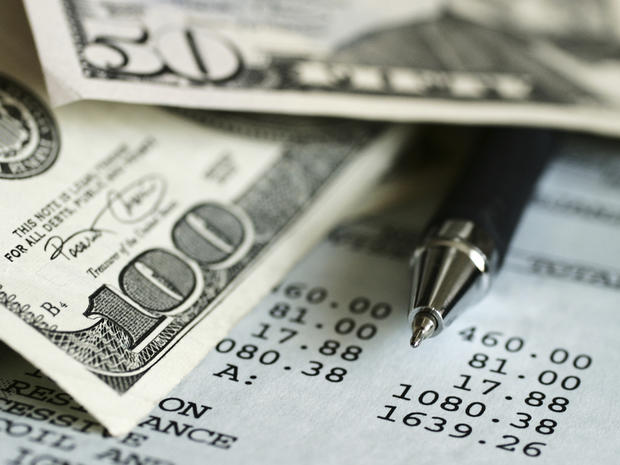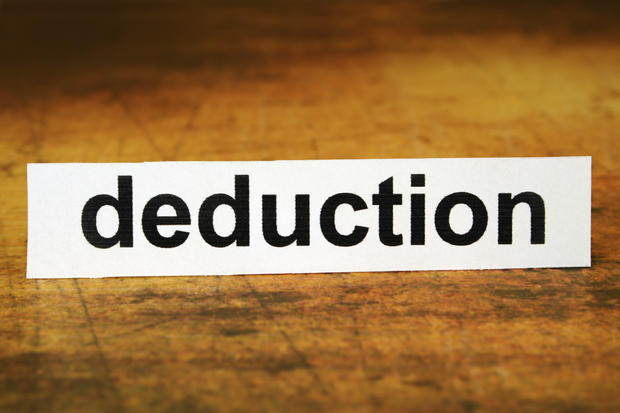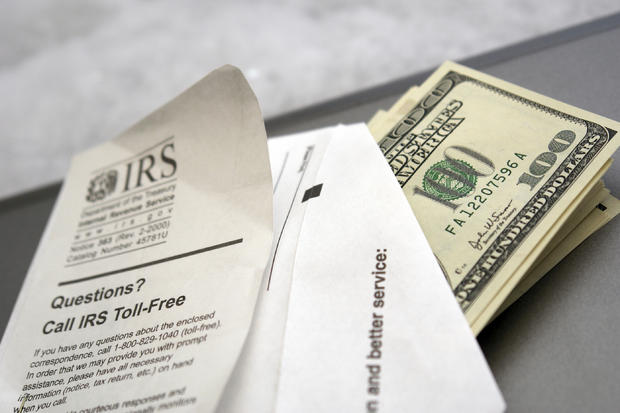Self-employed? Keep these tax tips in mind
By Stephanie Faris/GOBankingRates
The number of self-employed workers in the U.S. declined during the recession, according to a report from CareerBuilder and Economic Modeling Specialists Intl., but experts expect that number to take an upswing. CareerBuilder North America President Brent Rasmussen told Forbes in 2014, "As the economy gains momentum, however, we expect entrepreneurial activity and other opportunities for independent work to rebound across the board."
A full-time job can offer security, but there are many benefits that come with being self-employed. Self-employed workers can create their own hours, be their own bosses and possibly make more money. However, one of the hardest things about self-employment comes during tax season. These workers must not only report all income annually, but they might even need to file quarterly. The process of filing taxes on self-employment income can become complicated, so it's important for self-employed taxpayers to understand the IRS's requirements.
What self-employed taxpayers have to pay
A self-employed person often has sticker shock during the first tax filing, especially if that person comes from a traditional employment situation. When a person works for himself, he bears the full burden of paying his Social Security and Medicare taxes. This self-employment tax will include 12.4 percent for Social Security and 2.9 percent for Medicare, both of which would be paid by a full-time worker's employer.
To report your self-employment taxes, you'll use either Schedule C or Schedule C-EZ. To use the EZ version of the form, your income must have expenses of less than $5,000. For reporting your self-employment tax, you'll be required to complete Form 1040, also known as Schedule SE.
Combining freelance and full-time income
In some cases, self-employment might not be a taxpayer's primary source of income. Today's professionals sometimes choose to conduct freelance work on the side to bring in a little extra money. Sometimes they even have hopes of eventually making it a full-time operation. When a full-time employee also conducts self-employment work, the process of filing self-employment tax is complicated by the fact that the worker is already paying Social Security and Medicare taxes through his full-time job.
Self-employment taxes are paid on the income earned from those endeavors regardless of a worker's full-time situation. You would file your full-time taxes as you ordinarily would, as well as completing Schedule C or C-EZ and Schedule SE. If your self-employment earnings were less than $400, however, you don't have to pay taxes on the amount you made.
The importance of tax deductions
Once you begin earning an income from your self-employment endeavors, you'll realize the benefits of claiming deductions. Every dollar you spend toward your business will protect you from having to pay taxes on a dollar you earned through hard work. As time-consuming as collecting receipts and calculating expenditures can be, it's well worth it when you see the cost savings.
Some of the many expenses you'll be able to claim are:
- Individual Retirement Plan or "Solo 401(k)" -- Once you're self-employed, putting money into a retirement plan is important, since you won't have an employer taking care of it for you. When you make salary deferrals up to $18,000 in 2015 into a solo 401(k), you can get a tax break.
- Mileage -- Keep track of each mile you drive for business, and claim those miles using the standard mileage rates for that specific year. Also keep track of parking costs and toll fees on your business trips.
- Equipment -- Your computer equipment and mobile devices can be reported on your return as long as they're used for business purposes. For equipment with a lifespan of more than one year, you'll want to depreciate it each year.
- Education and Professional Memberships -- In order to improve your abilities in your field, you might attend training sessions and conferences. You might even take a class at a local college. These expenses could be deducted.
Making quarterly payments
A major problem a self-employed individual can face is a large tax bill. This happens when someone doesn't send enough payments each quarter. Not only will you face a large self-employment tax, but you'll be required to pay underpayment penalties and interest on that amount. If you owe more than $1,000 in taxes on April 15, these penalties will kick in and will tack a sizable amount of money onto your bill.
To avoid these penalties, the IRS expects you to estimate how much you'll owe at the end of the year and pay a fourth of it at intervals it designates. Those dates are generally Jan. 15, April 15, June 15 and Sept. 15.
Don't be afraid to ask for help in compiling your taxes. Sophisticated tax software can walk you through the steps of filling out the paperwork. However, a qualified tax professional will better be able to advise you on deductions you might not realize you qualify to claim. The cost of having your taxes prepared is deductible, as well, whether you purchase software or make an appointment with a professional tax preparer each year.




